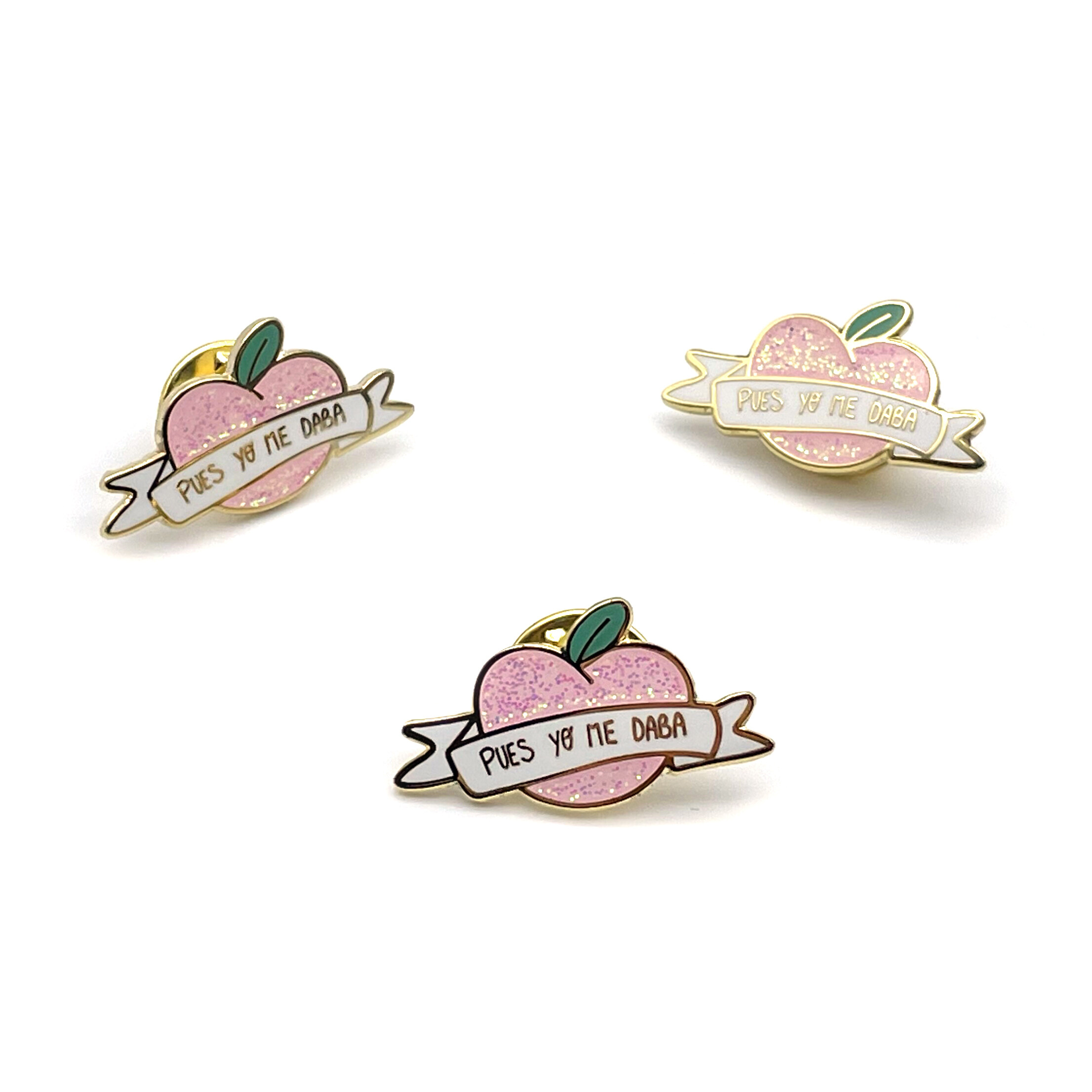Email format error
Email cannot be empty
Email already exists
6-20 characters(letters plus numbers only)
The password is inconsistent
Email format error
Email cannot be empty
Email does not exist
6-20 characters(letters plus numbers only)
The password is inconsistent



The Art of Cultural Badge Design: From Concept to Creation
Cultural badges are a unique way to showcase one’s heritage, interests, or affiliations. These small, decorative pins are often worn on clothing or accessories and serve as a visual representation of a person’s identity. But have you ever wondered how these badges are created? In this blog post, we will take a closer look at the process of designing and producing cultural badges.
Designing Cultural Badges: Capturing Identity and Cultural Significance
The first step in creating a cultural badge is the design phase. This is where the creative process begins, and it involves brainstorming ideas, sketching concepts, and refining the design. The designer must consider various factors, such as the cultural significance of the badge, the intended audience, and the overall aesthetic appeal. They may also need to conduct research and gather reference materials to ensure accuracy and authenticity.
Bringing Cultural Badges to Life: Materials and Production Techniques
Once the design is finalised, it is time to move on to the production phase. This involves selecting the materials and techniques that will be used to bring the design to life. Cultural badges can be made from a variety of materials, including metal, enamel, fabric, or plastic. Each material has its own unique properties and can contribute to the overall look and feel of the badge.
Die-Striking: A Technique for Crafting Intricate Cultural Badges
One popular technique used in badge production is die-striking. This involves creating a metal mould, or die, with the desired design. The die is then used to stamp the design onto a metal sheet, creating a raised and recessed pattern. The metal sheet is then cut into individual badges, which are polished and plated to achieve the desired finish.
Enamel Filling: Adding Vibrancy and Durability to Cultural Badges
Another technique commonly used in badge production is enamel filling. This involves applying coloured enamel to the recessed areas of the badge, creating a vibrant and durable finish. The enamel is applied in multiple layers and fired at high temperatures to ensure a smooth and glossy surface. This technique is often used for badges that require intricate details or multiple colours.
Quality Control: Ensuring Excellence in Cultural Badge Production
Once the badges are produced, they undergo a quality control process to ensure that they meet the desired standards. This may involve inspecting each badge for any defects or imperfections, checking the colours and finishes, and testing the durability and functionality of the pin backing. Only badges that pass these quality checks are deemed ready for display.
Displaying Cultural Badges: Personal Expression and Connection
Finally, the badges are ready to be displayed and enjoyed by their owners. They can be attached to clothing, bags, hats, or displayed on a pin board or in a display case. Cultural badges not only serve as a personal expression of identity but also as a conversation starter and a way to connect with others who share similar interests or affiliations.
In conclusion, the process of creating cultural badges involves a combination of creativity, craftsmanship, and attention to detail. From the initial design phase to the final display, each step is crucial in ensuring that the badges accurately represent their intended cultural significance and appeal to their intended audience. So, the next time you wear a cultural badge, take a moment to appreciate the thought and effort that went into its creation.